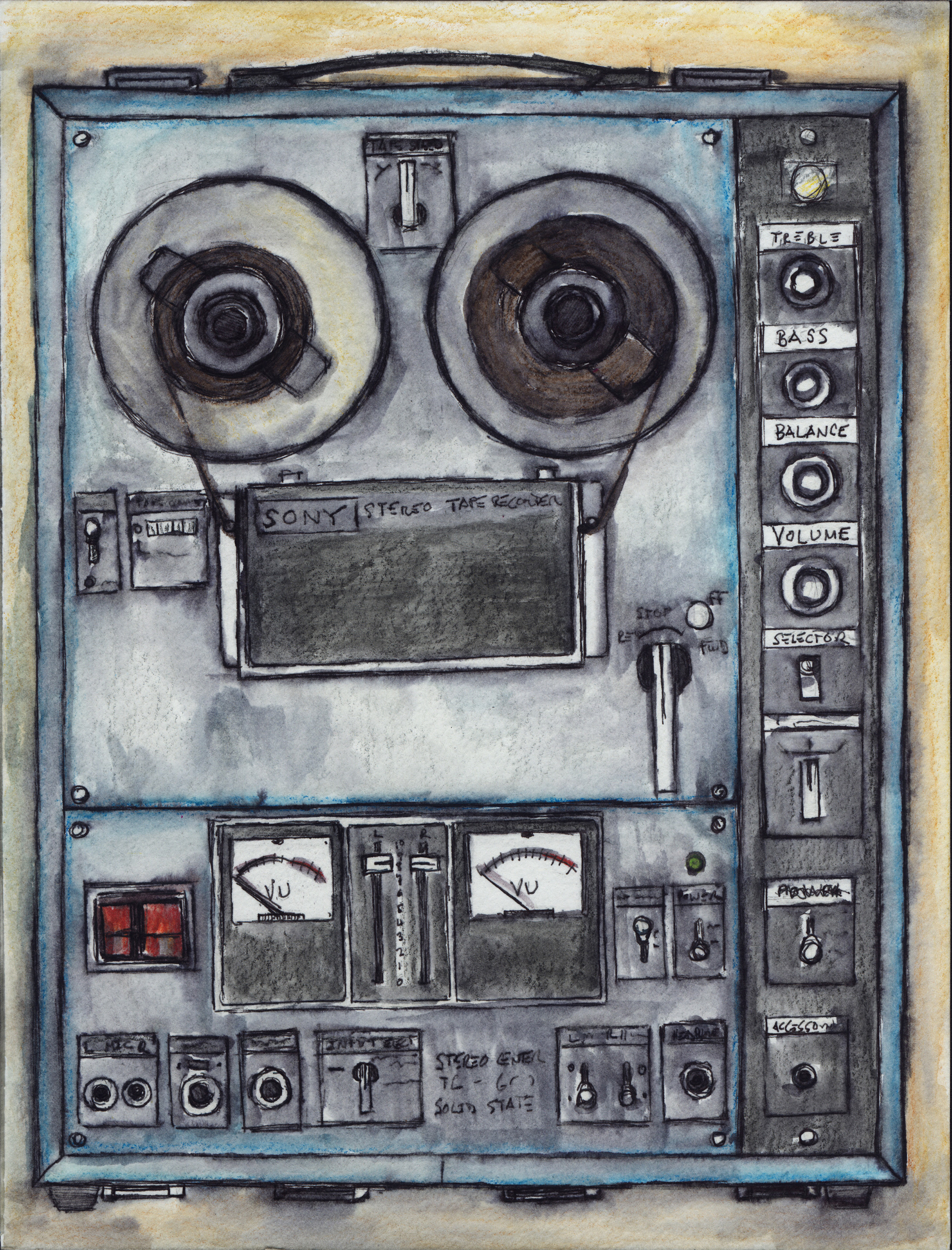The venerable dbx 160A is a compressor you see frequently in studios — home and pro alike. It's super easy to use, and it's flexible enough to perform relatively unnoticed gain-reduction, or extremely colored slamming. At the 2016 AES Show in Los Angeles, dbx celebrated its entry into the 500-series market with a handful of new products. I was most interested in the dbx 560A, which the company described as having the same compression characteristics as the rackmount 160A, including the dbx trademark OverEasy curve.
The first compressor to bear the dbx name was the classic and still highly regarded model 160, which debuted in 1976. This VCA compressor used a feed-forward design, and it provided clean gain-reduction, without excessive distortion or oscillation. The unit's attack and release times were program dependent, and with its OverEasy soft-knee curve, the 160 quickly gained a following for its smooth and natural-sounding operation. Four decades later, with the 160 family lineage represented by the 160, 165, 160X, 160XT, and several other models, including the still-in-production 160A, the new dbx 560A module offers the same no-fuss approach to compression as its forebears.
I have owned a 160A for many years, and it has never given me trouble. I use it on almost every recording in some way, typically on guitar or snare drum. It is neither completely transparent, nor overly colored. As previously mentioned, it can perform smooth gain-reduction in OverEasy mode, as well as offer audible compression effects in more extreme settings. In fact, the only time I ever used an original 160, it was on a room mic for drums with a fair amount of "smash" dialed in, in the same manner I use the Nuke setting on a Distressor.
Over the past few years, I have become a bit of a 500-series junkie. I like the form-factor and the cost-savings. I will admit that some modules that claim to mimic the qualities and performance of their rackmount counterparts simply do not live up to the hype. But in many cases, the designers have done incredible things to shrink down their products and create some great pieces of gear that do make the grade. Truth is, you typically get what you pay for. That said, I was pleasantly surprised by the low cost and high performance of the dbx 560A.
The 560A module itself is sturdy, and a full enclosure shields its circuitry, in contrast to the uncovered PCBs of many 500-series modules. The knobs are in the familiar color scheme of red, blue, and green; and the 19-segment LED level meter is parallel to the 12-segment gain-reduction meter, just like on the 160A. Also copied from the 160A are the controls and indicators. Compression Ratio is variable from 1:1 to ∞:1, and beyond to −1:1. Threshold ranges from −40 to +20 dBu. Output gain goes up to +20 dB but drops further down to −30 dB (as opposed to the 160A's −20 dB minimum). Three LEDs indicate if OverEasy mode is enabled, and when the input level is below or above threshold. And finally, there's a bypass button with a corresponding LED. Just like with the 160A, it really only takes one session with the 560A for the knobs, indicators, and meters to become second nature.
How does it sound? I would highly recommend the 560A (or the 160A) as a great first compressor. It sounds great on a variety of sources, and it's a snap to use. But, as someone who is not a beginner — but still loves simple, straightforward tools that get the job done — I can recommend the 560A to professionals that like to grab and go. For nip-and-tuck applications especially, it's a no-brainer.
I liked the 560A on both acoustic and electric guitars, and I would say that it gave a slight midrange bump that translated as fatness and glow. I used it on bass with good results, although I am partial to some compressors in my rack for certain tasks such as bass and vocals, so I struggle to go anywhere else. Old habits die hard. With that said, the 560A certainly locked the bass into place, and it was easy to get workable settings dialed in. On snare and toms, its program-dependent attack and release could be just the right thing for a groove, and the extra bit of tone the unit imparts can add girth to a signal.
In general, I preferred the 560A for compressing and leveling instruments at low ratios, and I could use ten more units for this very purpose. They just work well. I did get a little more extreme when I patched a pair of 560A modules into an aux bus and blew up a drum loop using parallel compression, and then mixed the result with live-tracked drums. It sounded great, proving that the 560A is far from a one-trick pony.
Remember I mentioned the price? The 560A is less than $200. I have "utility" 500-series compressors that are more than double the cost, and the 560A does the basics and has the ability to go to extremes.
Not long after receiving the 560A pair, I was on a call with John Baccigaluppi, who had received a pair of the new dbx 530 parametric EQ modules for review. We were both commenting on how well constructed the units are, how the controls felt firm, with a nice bit of smooth resistance, and how great they sounded. Neither of us could believe the price-point for the build-quality and the sound they delivered. With this new line of affordable 500-series modules from dbx, for the cost of a plug-in, you can have a piece of hardware that will long outlive your never-ending upgrades of software, operating systems, and computers — just something to think about. For its flexibility, sound, price, and longevity, the dbx 560A is a real winner.




_disp_horizontal_bw.jpg)